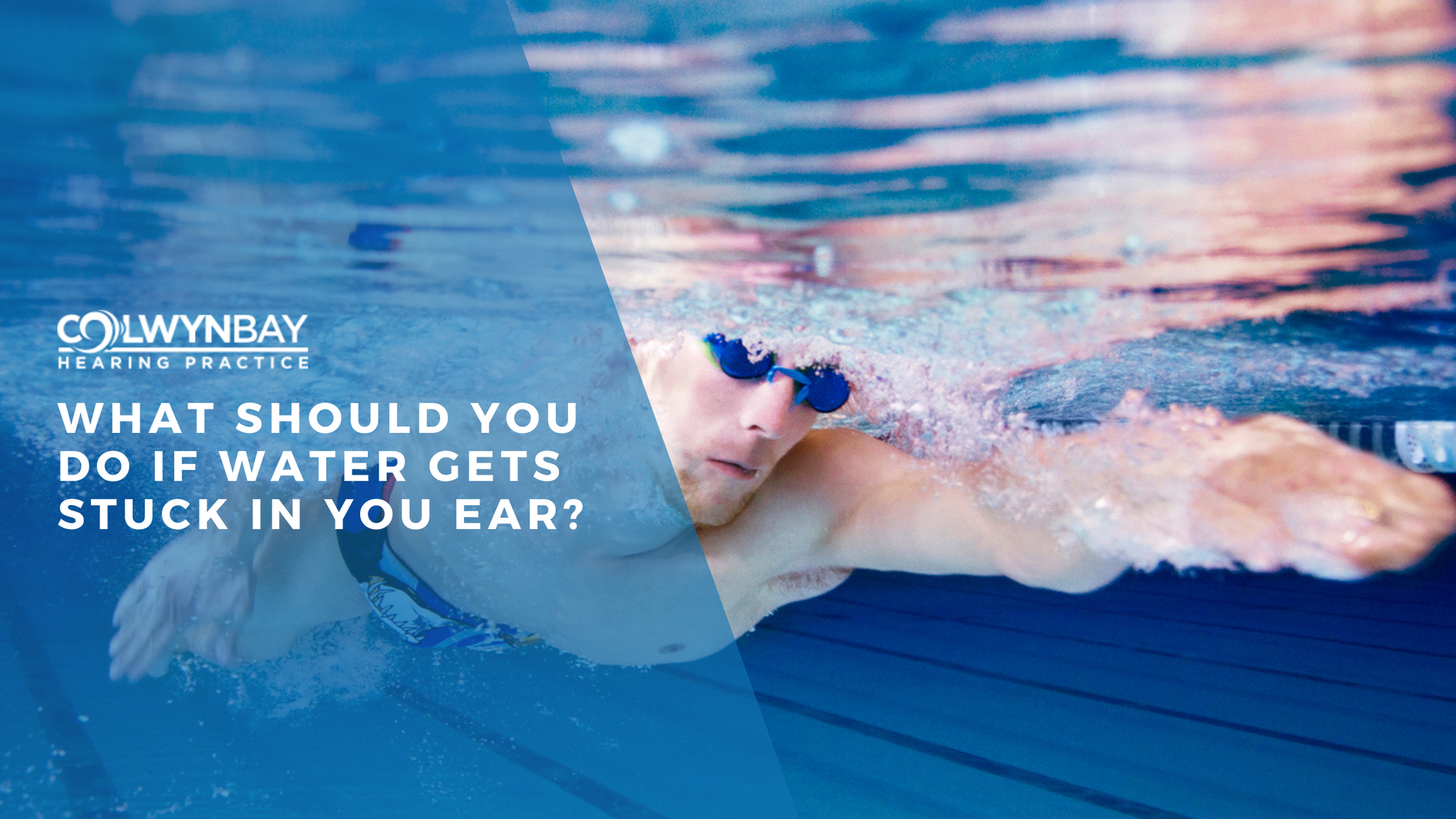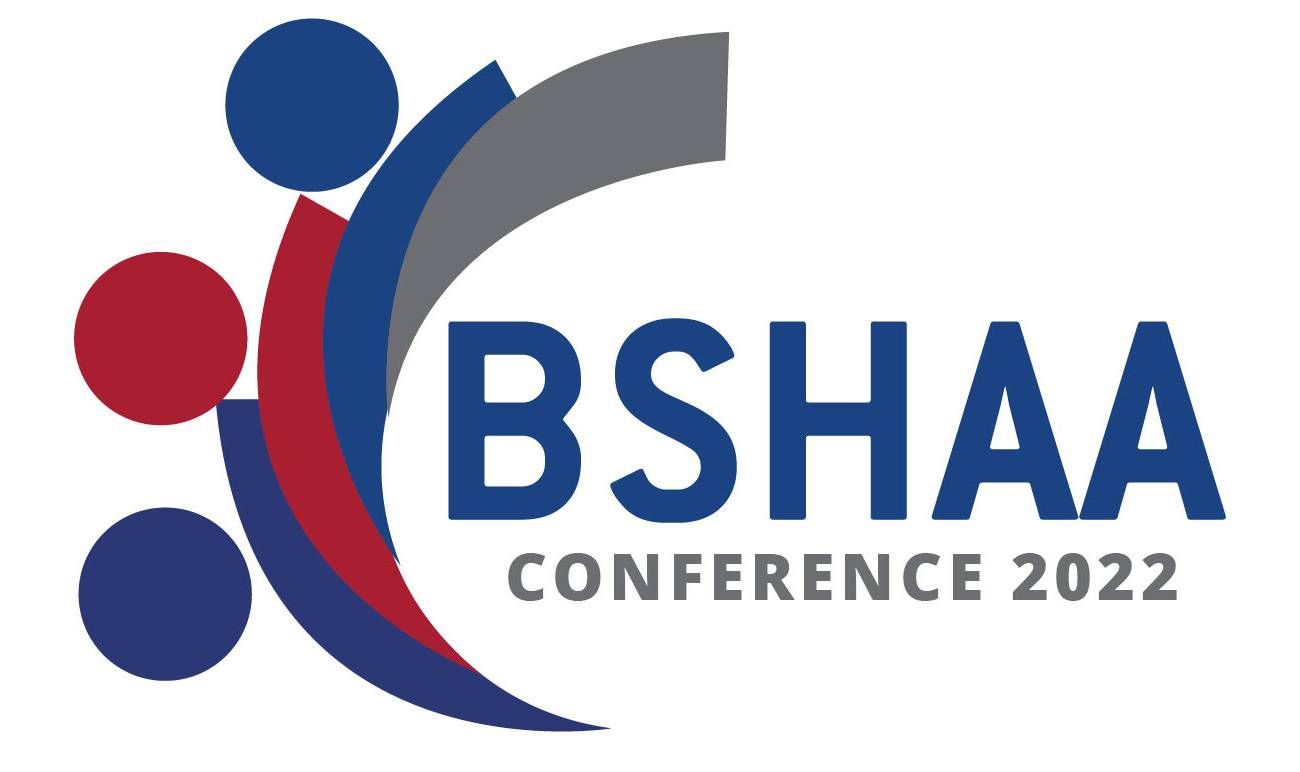Wireless Hearing Aid Technology
Since 1987 when the first digital hearing aids came on the market hearing aid technology has gone from strength to strength enabling professionals to fit more demanding hearing losses with a far greater degree of success.
Digitization is greatly improved, and it appears that the future of hearing aid technology has arrived. Digitization means that incoming sounds are converted to numbers, which are then analyzed and manipulated via a set of rules (algorithms) programmed into the chip controlling the hearing aid. There are now dozens of digital hearing devices available. Some of these digital aids analyze incoming sound, make a determination regarding speech versus noise content, then convert this information to numbers. The resultant digitized numbers are then manipulated according to algorithm instructions, reconverted to an analog form (sound waves) and delivered to the ears without producing the types of distortion that occurred with analog technology hearing aids.
As a result of these technological advances, today’s hearing aids are better than ever at blending speech intelligibility, remaining comfortable in background noise, and processing different kinds and levels of sounds automatically. Background noise in the midst of conversation is no longer the overwhelming experience it used to be. And regardless of the circumstances, soft sounds, loud sounds, or even difficult listening situations like crowds or parties, today’s hearing aids adjust automatically meaning the wearer no longer has to use a volume control or push button. So while no hearing aid can completely restore normal hearing, current hearing technology does an exceptional job at delivering natural sound quality, and as advanced as today’s technology is, hearing aids are now more user-friendly than ever.
The new buzz word in hearing aid technology is Wireless which means Hearing aids are now capable of sending signals back and forth between right and left ear so the two can process sound together and allow your brain to receive sound like it once did naturally.
An example is the new Surflink by Starkey. The Surflink allows hearing aid wearers to listen to audio devices through both of their hearing aids at the same time. With a simple push of a button, a hearing aid wearer can connect to the TV, landline phone, mobile phone or MP3 player and listen to these devices directly through their hearing aids wirelessly.
The ability to stay connected to devices seamlessly improves the overall utility of your hearing aids and will no doubt improve the quality of your life. The stress and frustration felt when trying to listen to your mobile phone or MP3 player will be a feeling of the past.
<video width=”320″ height=”240″ src=”http://minisitehq.co.uk/dowlinghearingaids/wp-admin/” autoplay=”autoplay”>
The post Wireless Hearing Aid Technology appeared first on The Colwyn Bay Hearing Practice.




